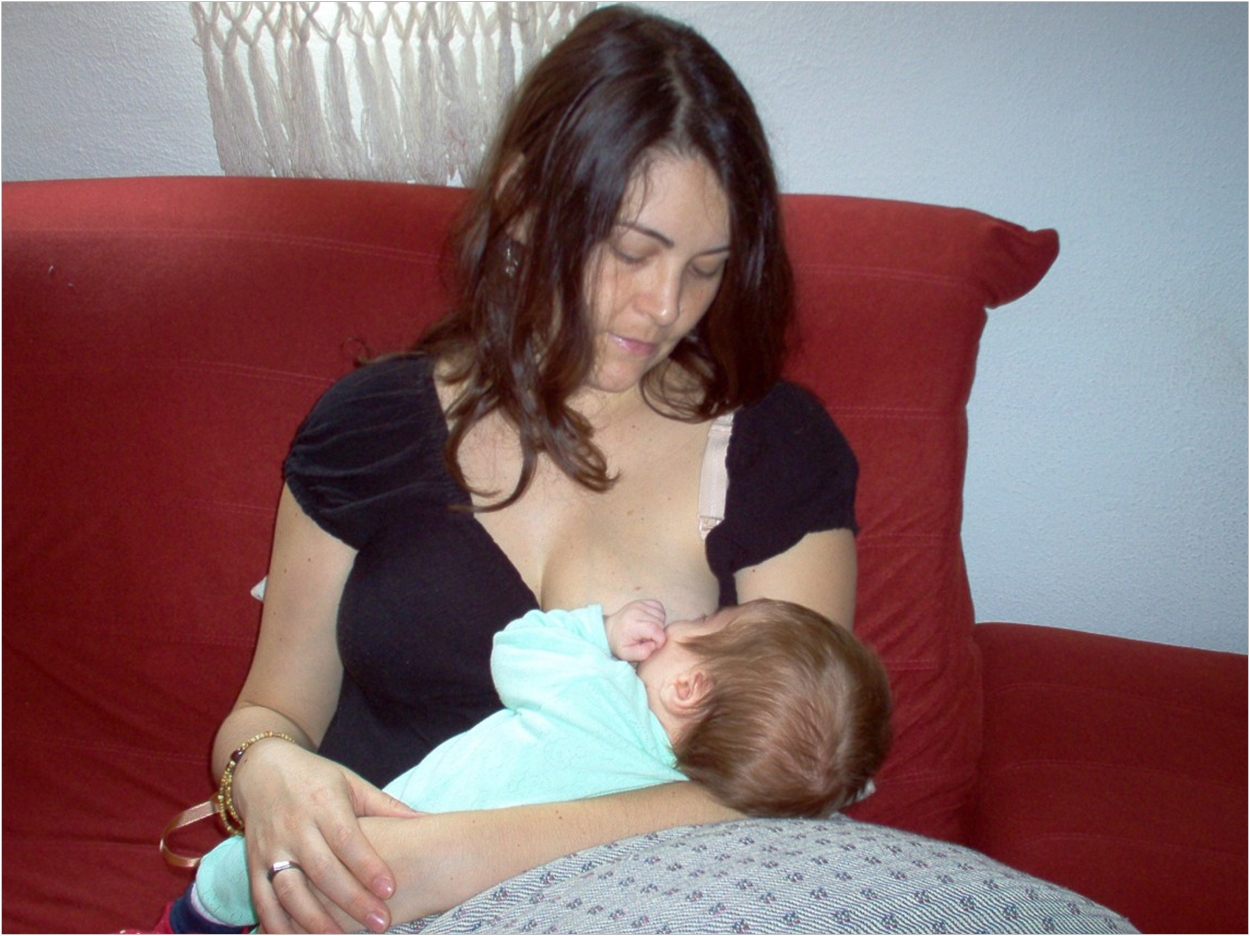
Newborn baby saliva combines with breastmilk to release antibacterial compounds that help shape the microbiota in babies’ mouths, report researchers at the Queensland University of Technology (QUT) and the University of Queensland who found that the growth of some microbes was inhibited for up to 24 hours after breastmilk and saliva mixing.
The researchers’ previous work had found significant differences in the prevalence of key bacteria in the mouths of breastfed and formula-fed babies and that breastmilk and saliva interactions boost innate immunity by acting in synergy to regulate the oral microbiome of newborn babies.
“Our findings suggest that breastmilk is more than a simple source of nutrition for babies because it plays an important role in shaping a healthy oral microbiome,” said Emma Sweeney, PhD, of the QUT Institute of Health and Biomedical Innovation.
“Our previous research suggest that breastmilk is more than a simple source of nutrition for babies because it plays an important role in shaping a healthy oral microbiome. Breastmilk is high in an enzyme called xanthine oxidase, which acts on two substrates, found in babies’ saliva,” said Sweeney.
“The release of hydrogen peroxide from this interaction also activates the lactoperoxidase system, which produces additional compounds that also have antibacterial activity, and these compounds are capable of regulating the growth of microorganisms,” said Sweeney.
“In this study, we exposed a variety of microorganisms to breastmilk and saliva mixtures and found that the growth of these microorganisms was inhibited, immediately and for up to 24 hours, irrespective of whether the microorganism was considered to be pathogenic (harmful) or commensal (normally found) in an infant’s mouth,” said Sweeney.
The composition of newborns’ oral microbiota is an important factor in health and wellbeing, Sweeny said.
“Changes to these bacterial communities in newborns have important implications for infection or disease early in life. While adult oral microbiota are stable, our studies have shown that the microbiota in the mouths of newborns is much more dynamic and seems to be altered by the mode of deeding within the first few months of life,” said Sweeney.
“The combination of breastmilk and saliva has been shown to play an important role in shaping the healthy oral microbiota during the first few months of life, but this also has significant implications for premature or sick babies who are fed via a tube. In these cases, the mixing of breastmilk and babies’ saliva does not occur, and so they do not receive the benefits of the antibacterial compounds released during breastfeeding,” Sweeney said.
“Other researchers have shown that hydrogen peroxide can remain active at pH levels similar to that of a baby’s stomach, so we think that this antimicrobial activity seen in the mouth may also continue within the baby’s stomach and intestines,” said Sweeney.
The study, “The Effect of Breastmilk and Saliva Combinations on the In Virto Growth of Oral Pathogenic and Commensal Microorganisms,” was published by Scientific Reports.
Related Articles
Jaws: The Story of a Hidden Epidemic
Oral Microbiome Influenced More by Diet Than Genetics
Oral Bacteria May Indicate Likelihood of Childhood Obesity












